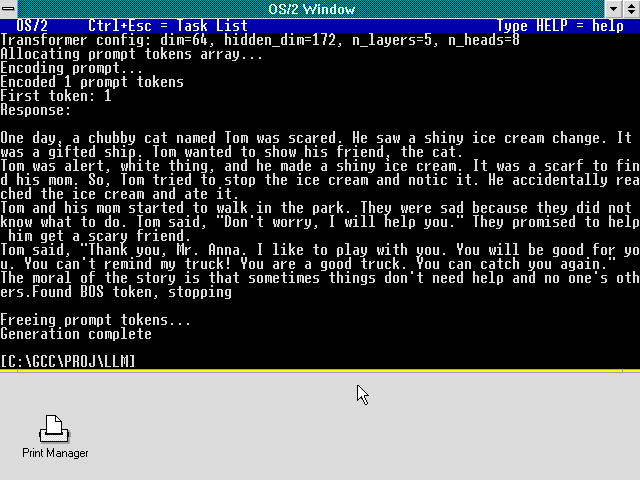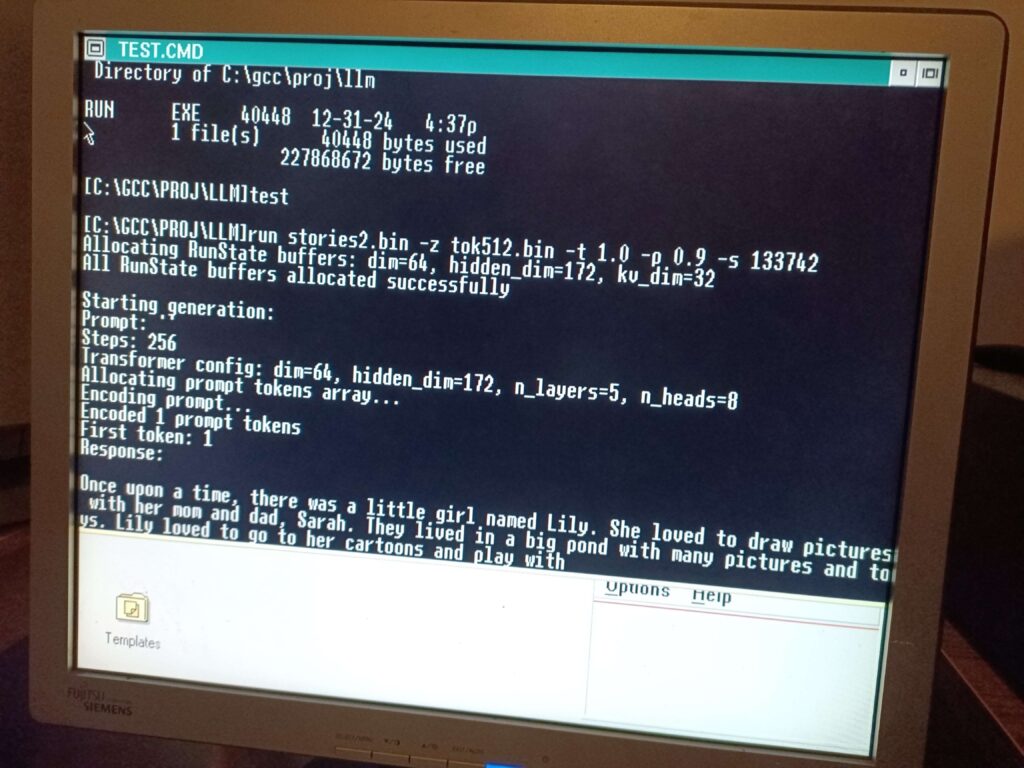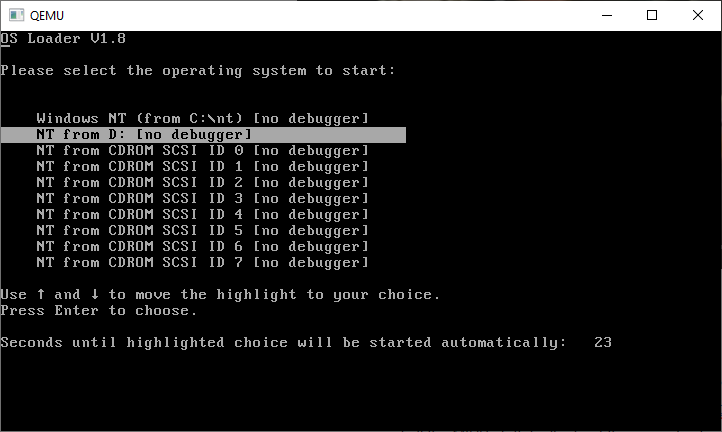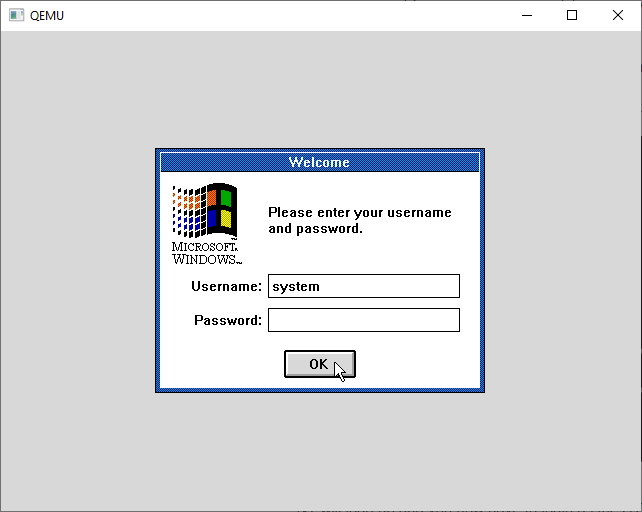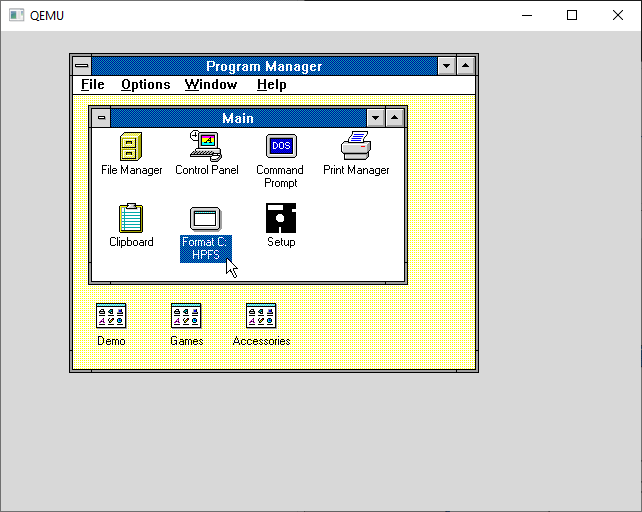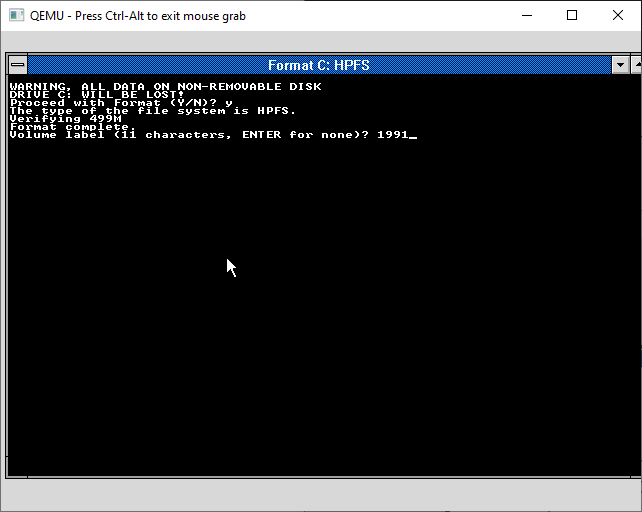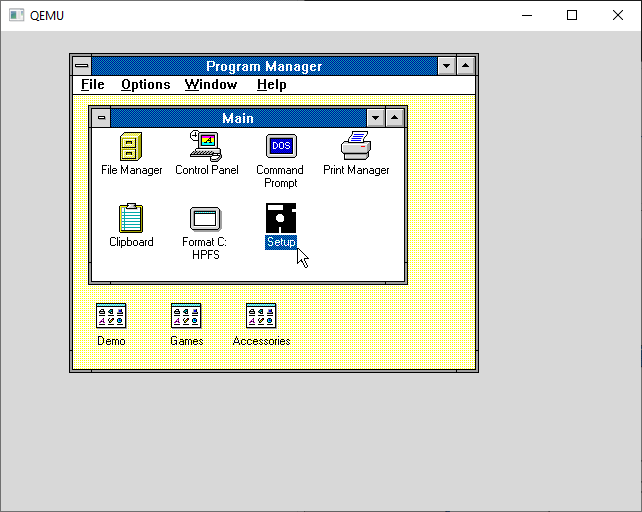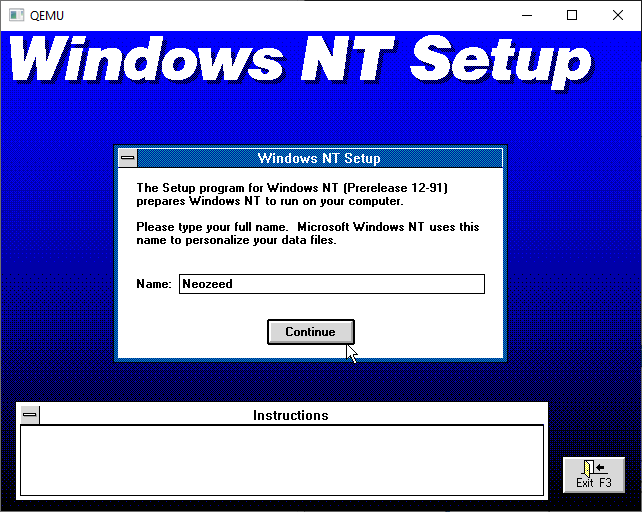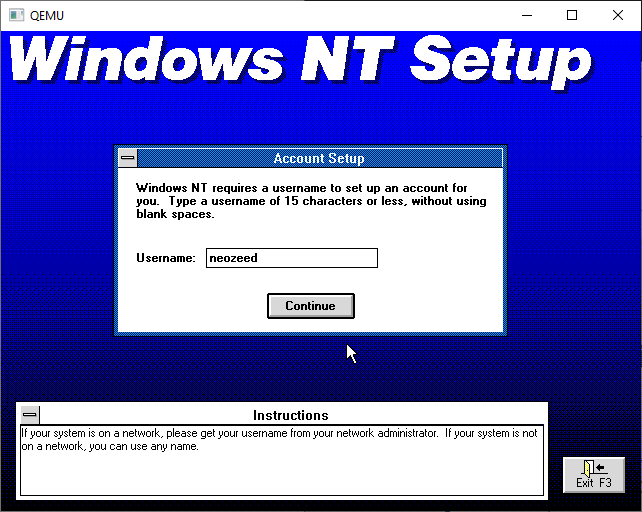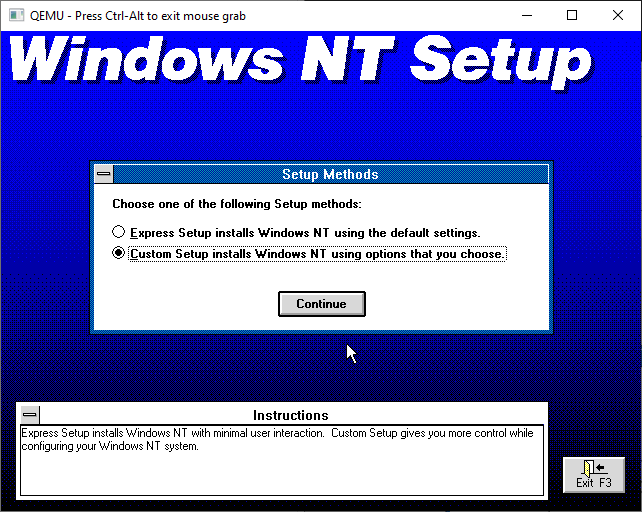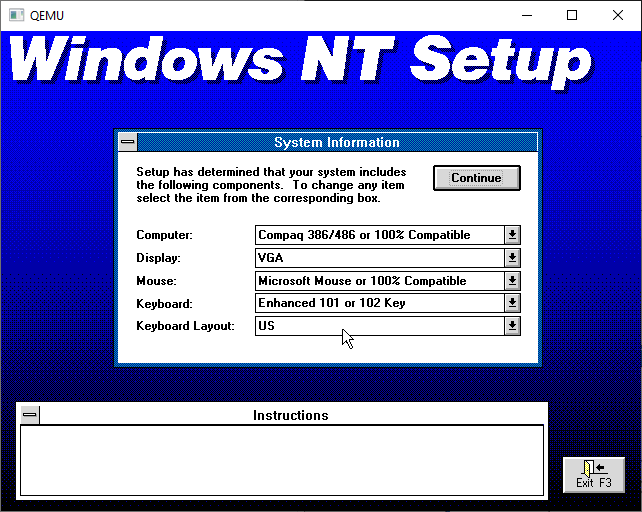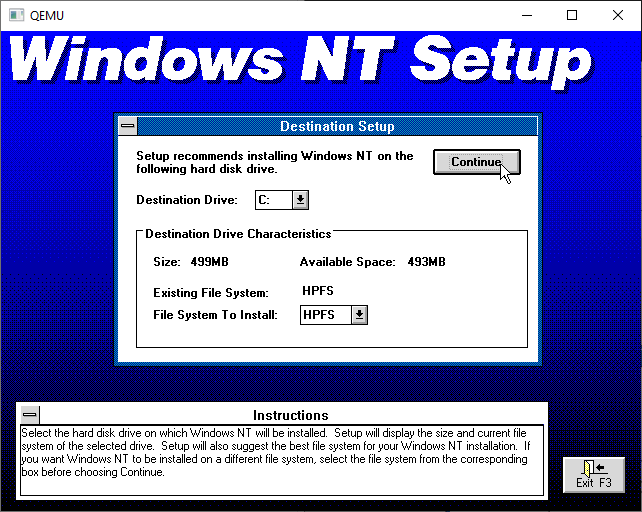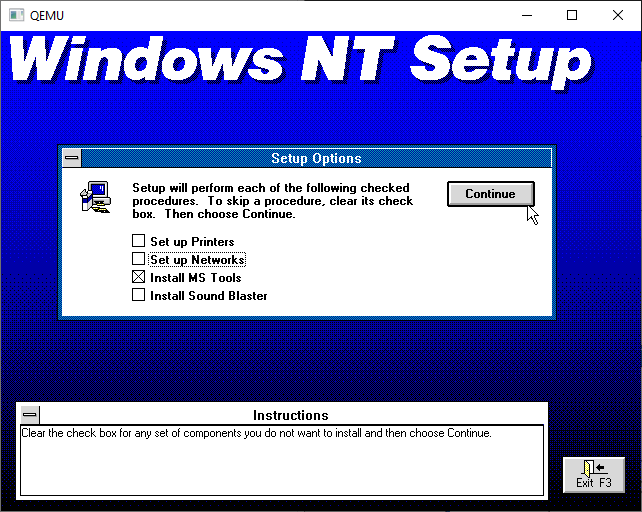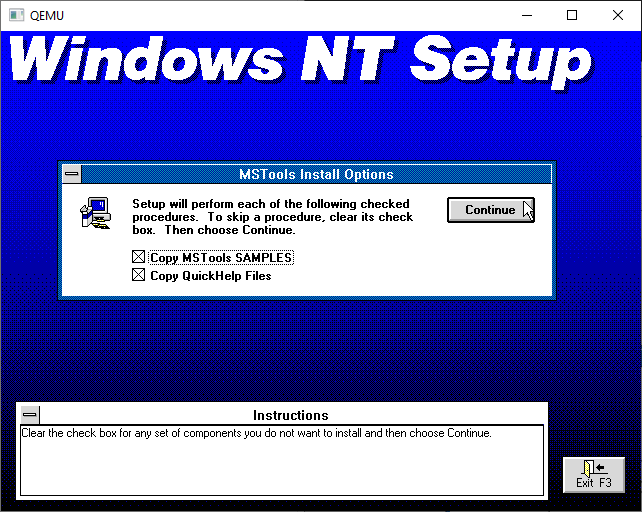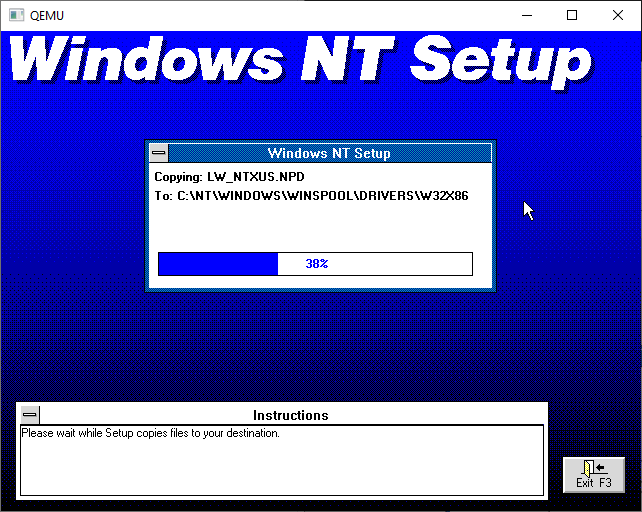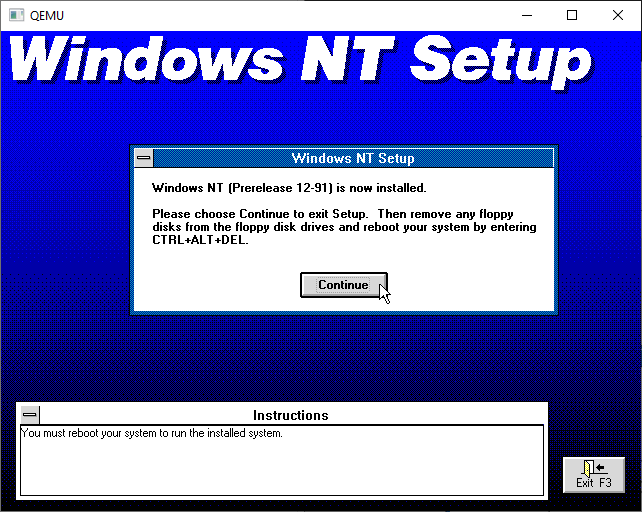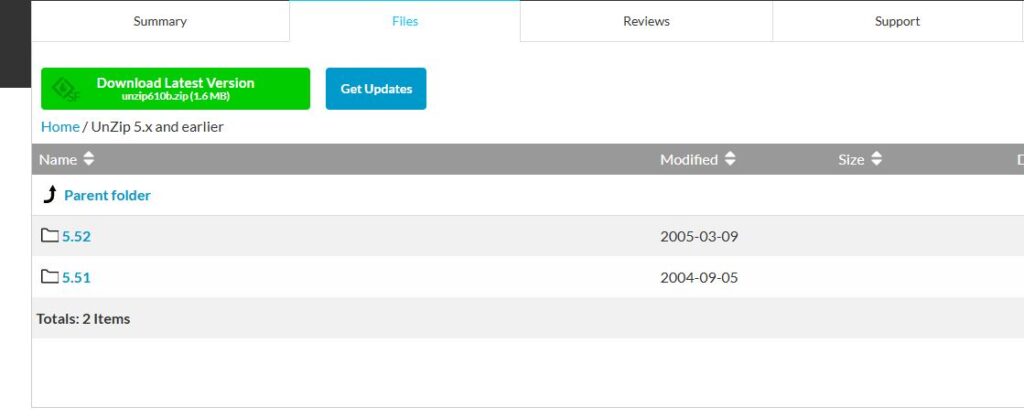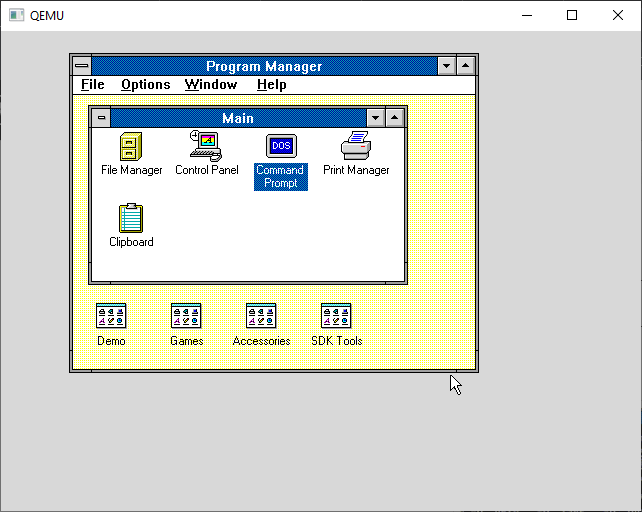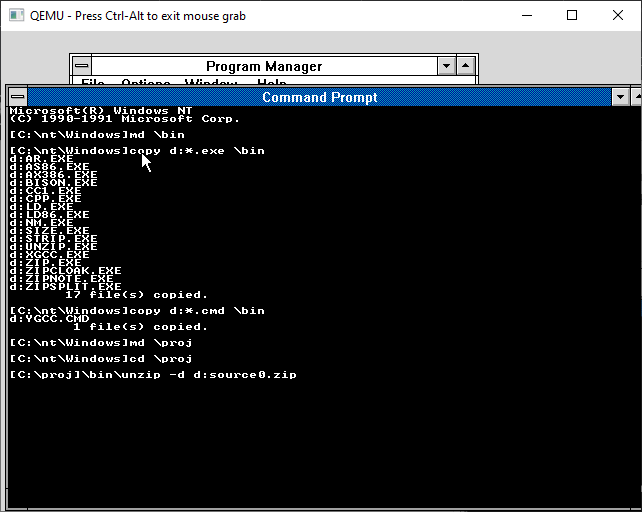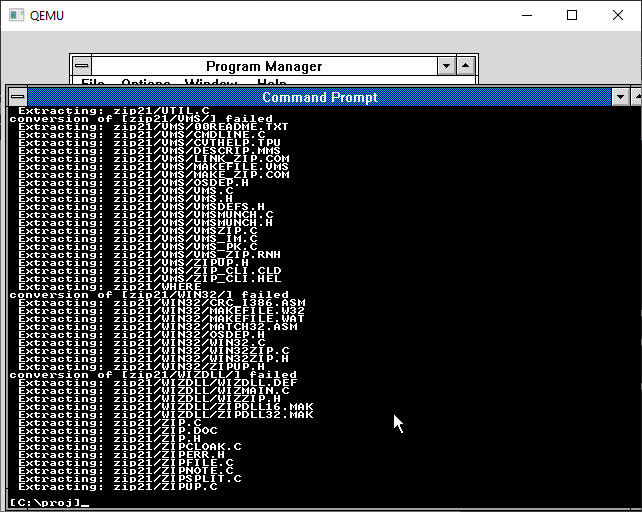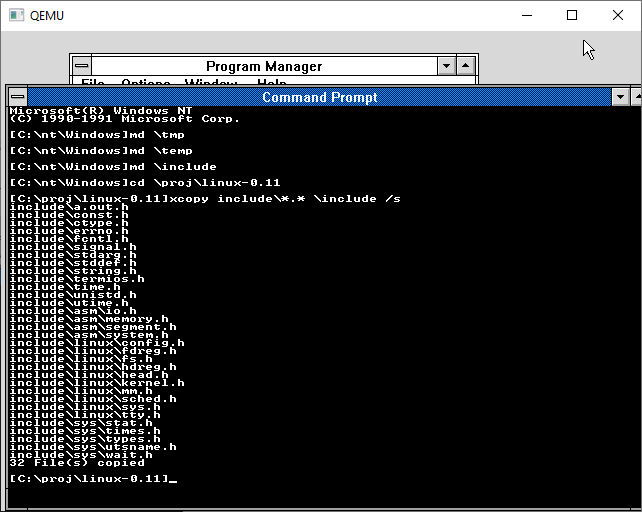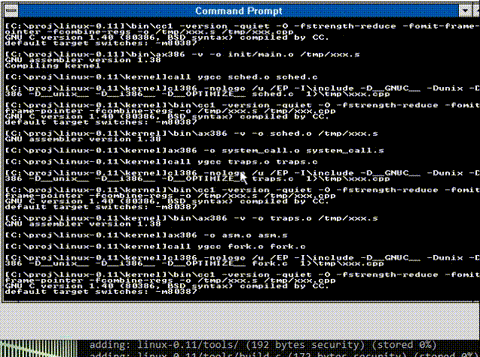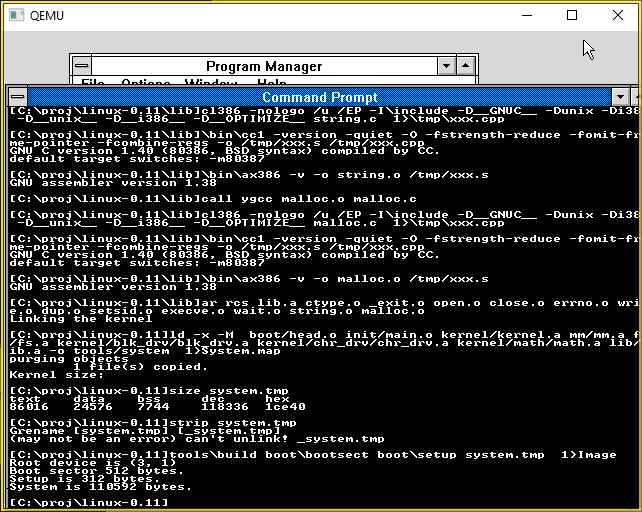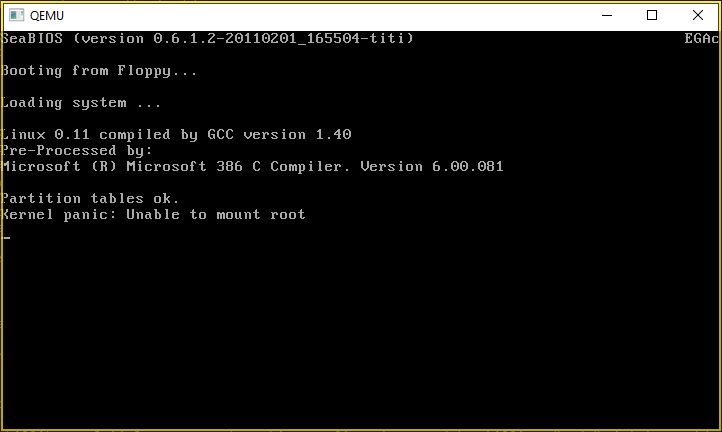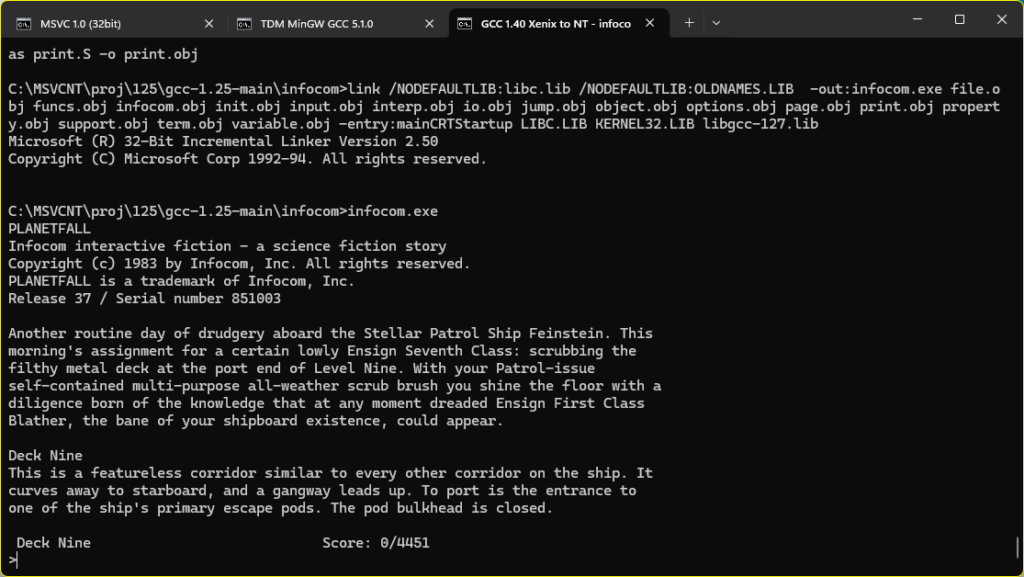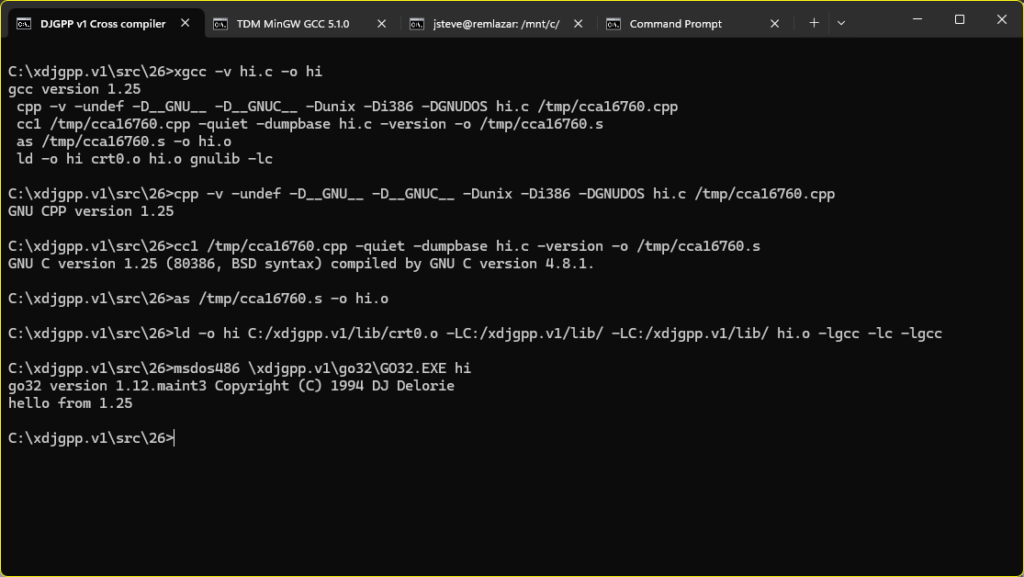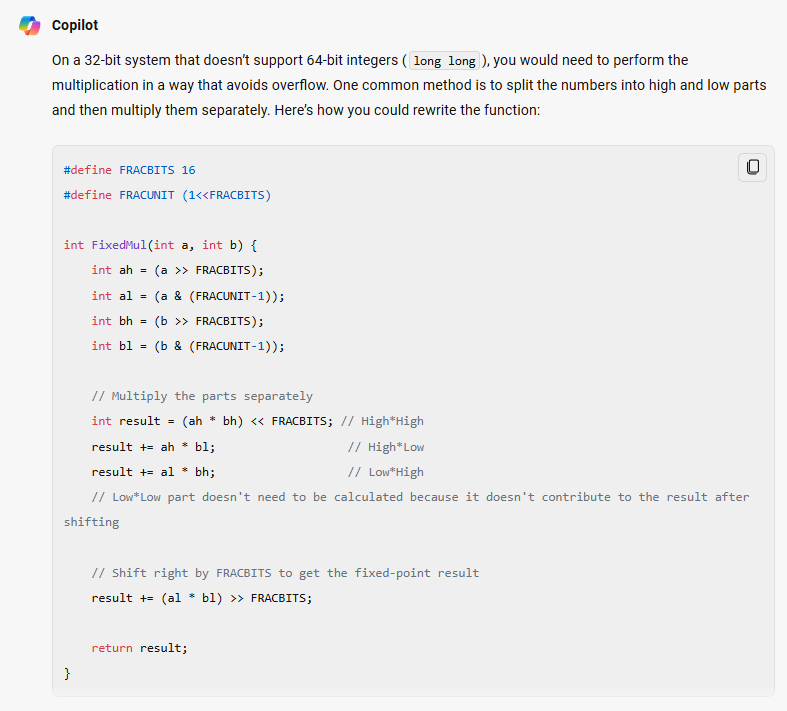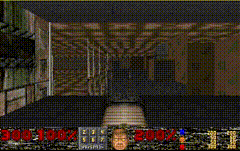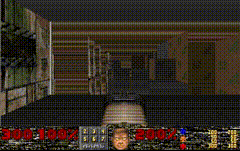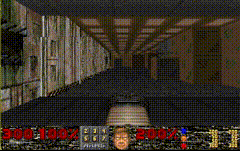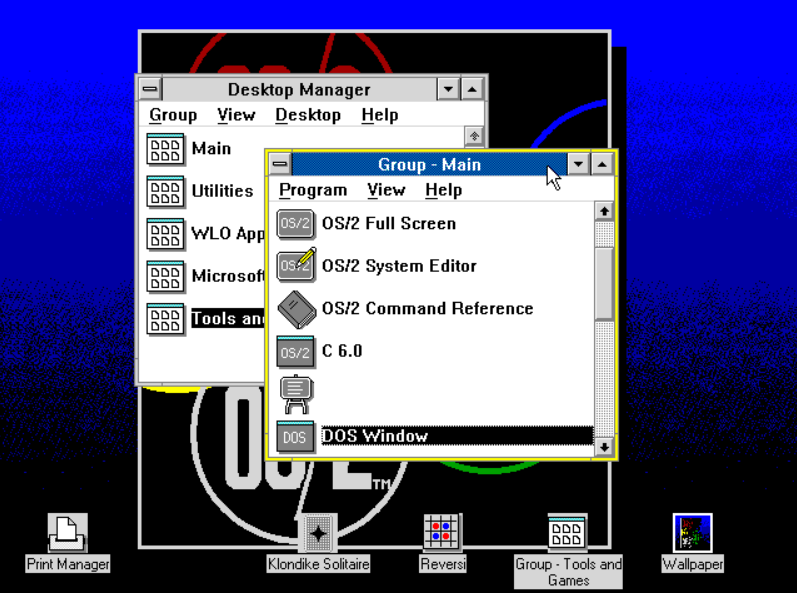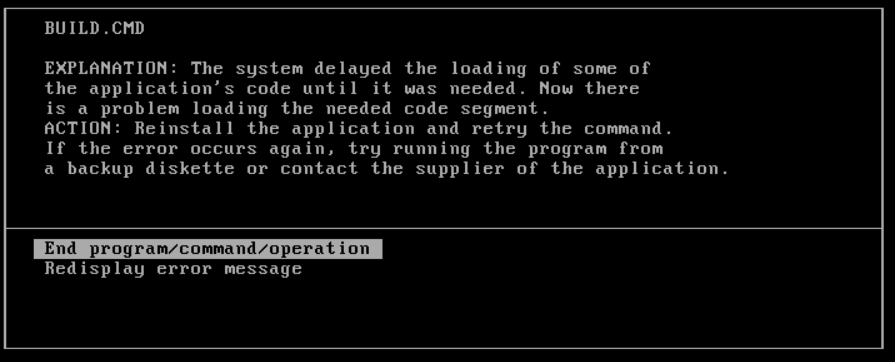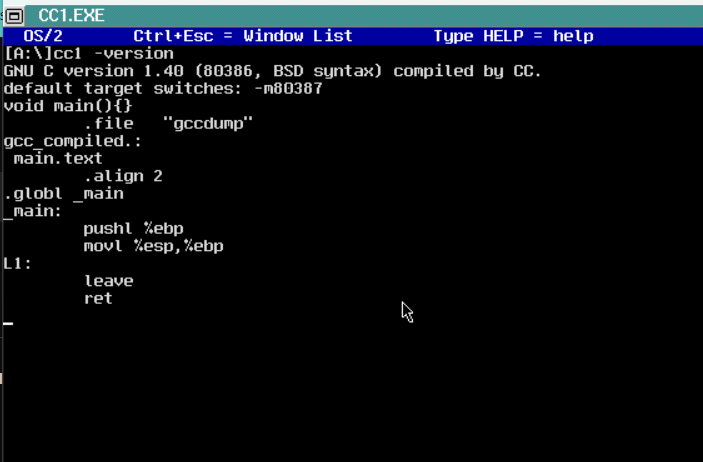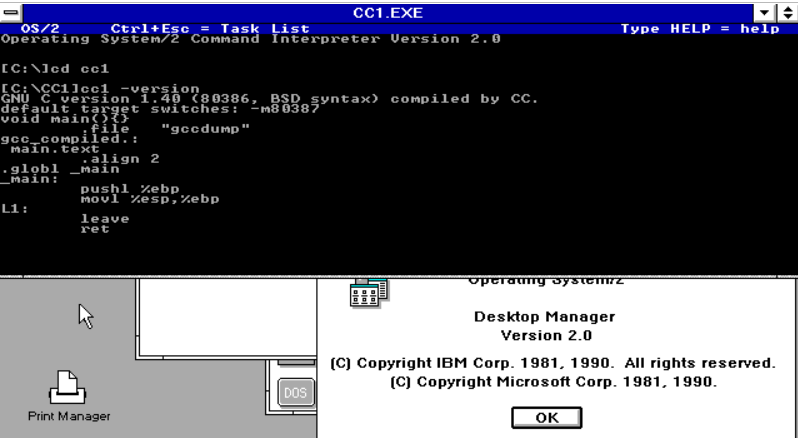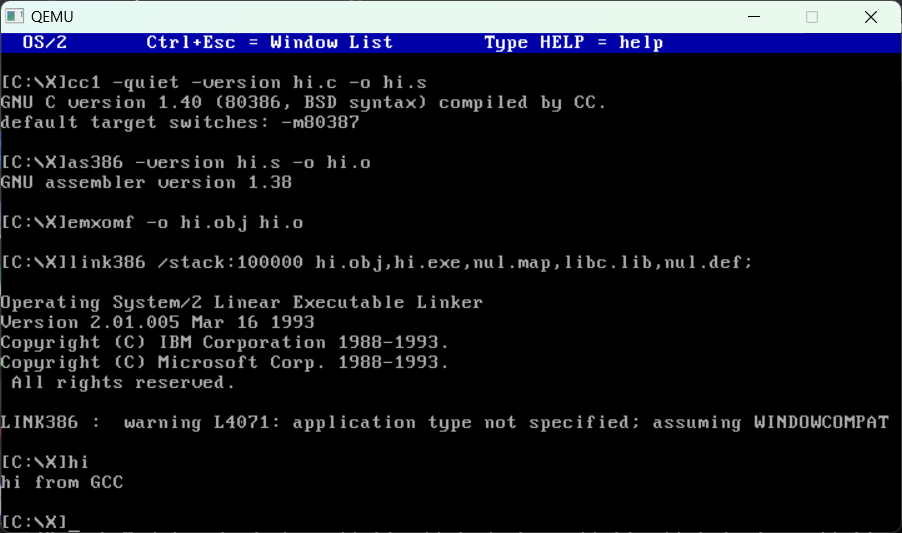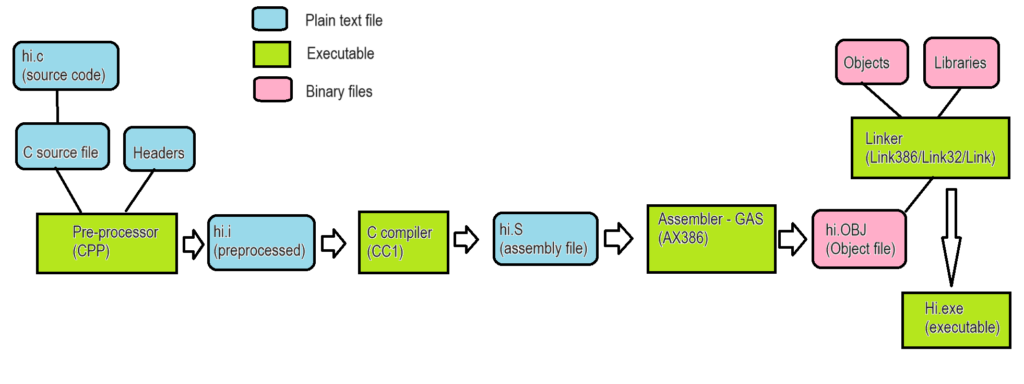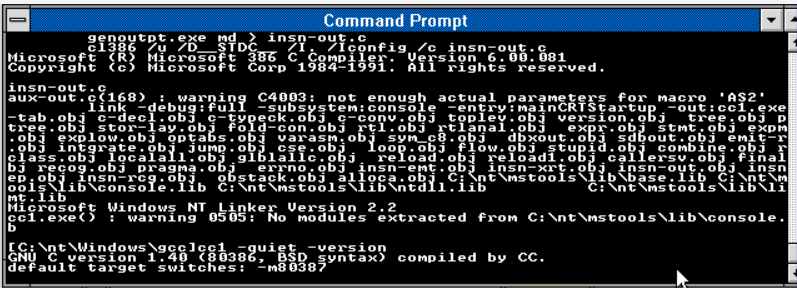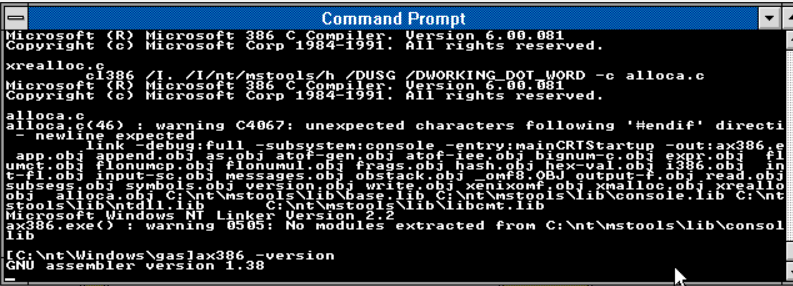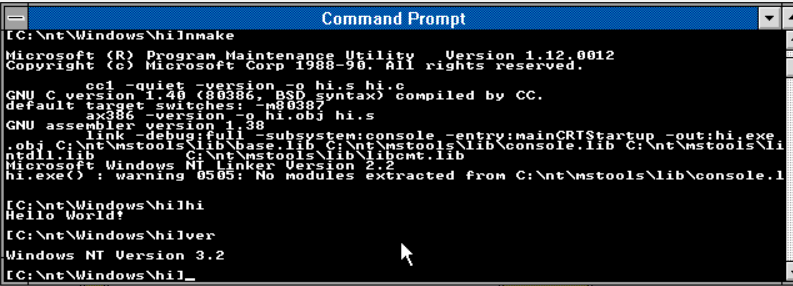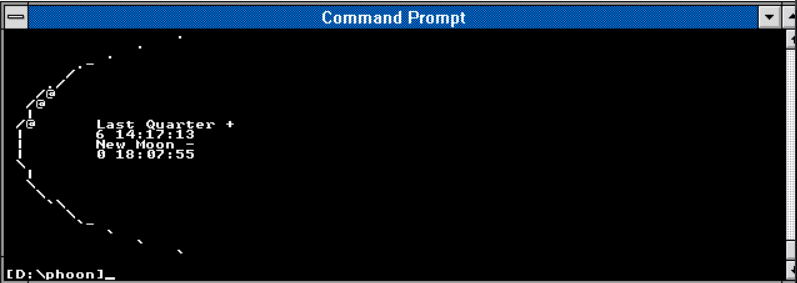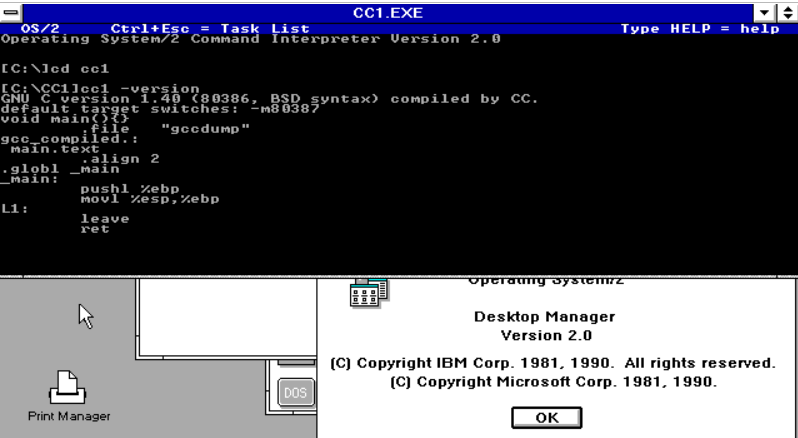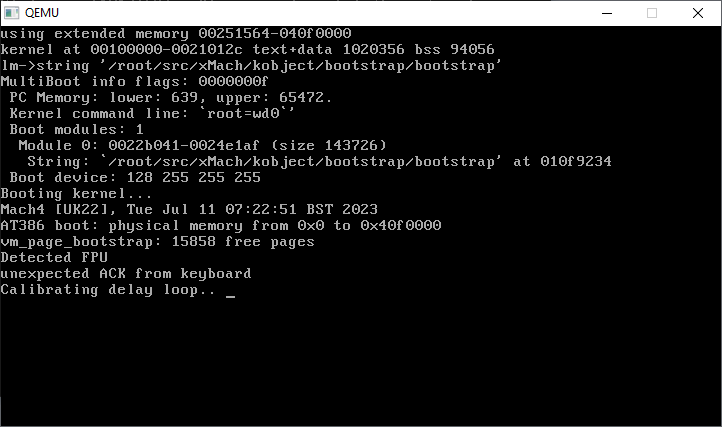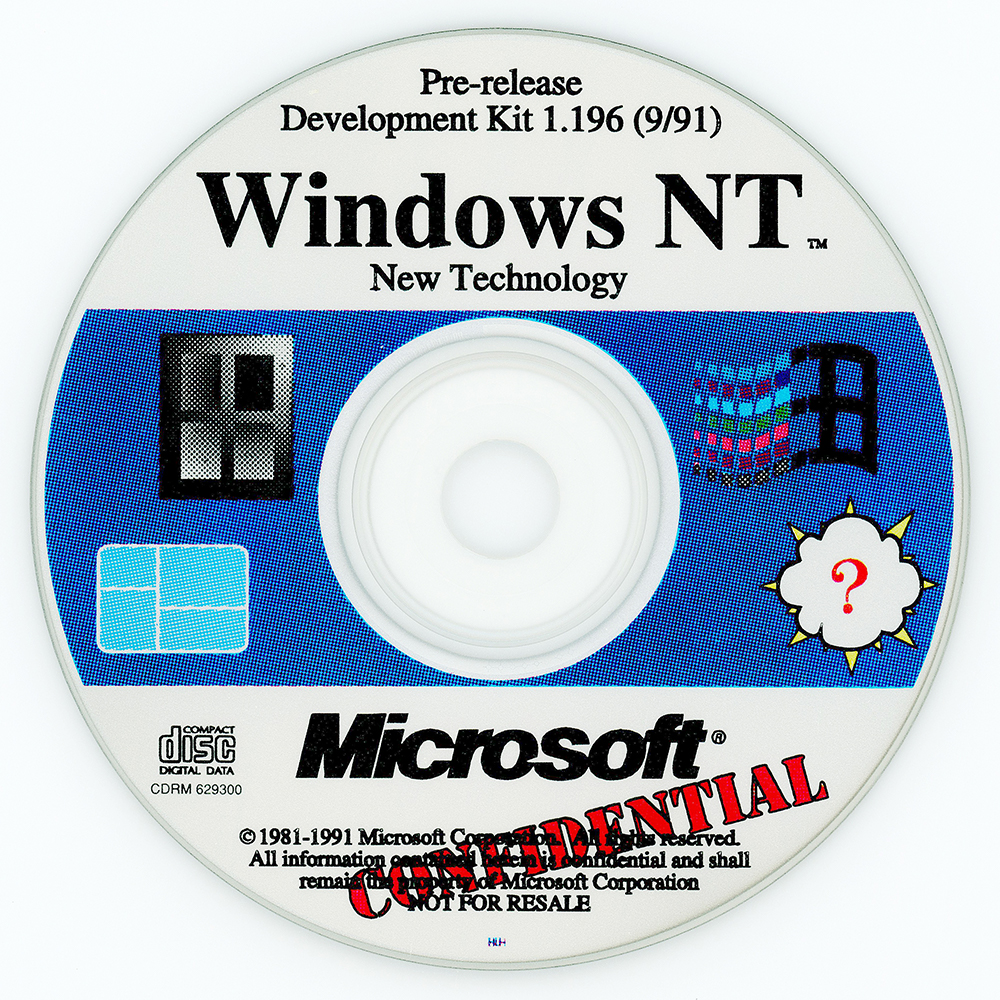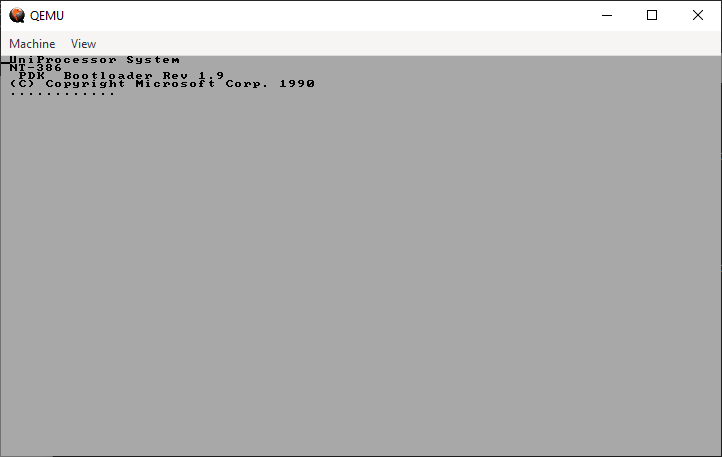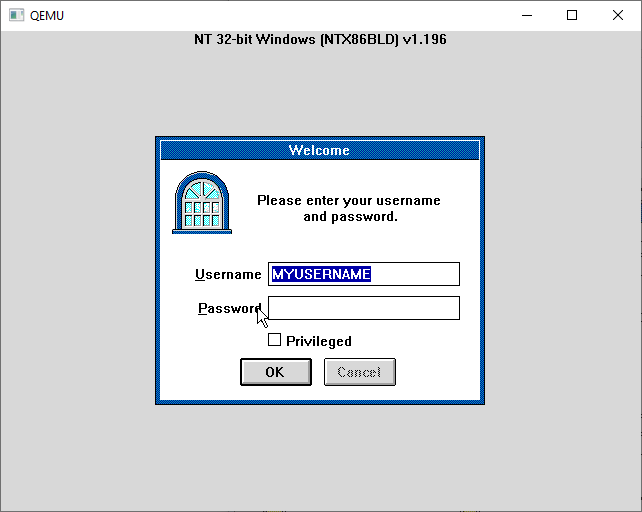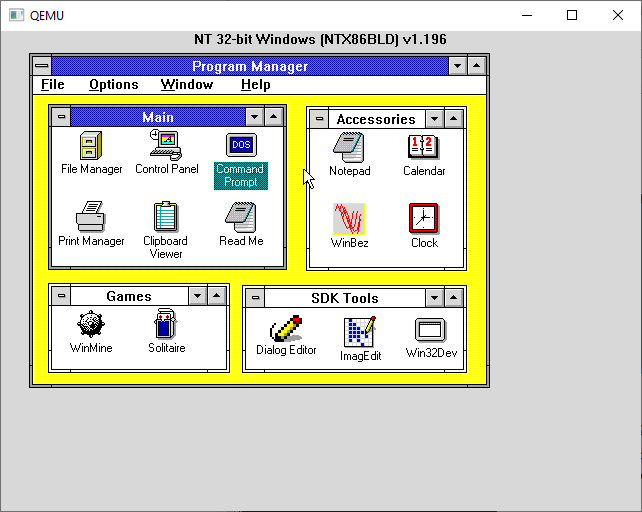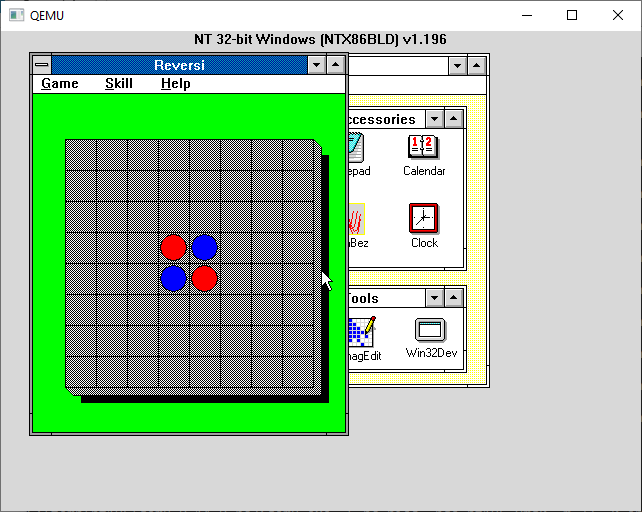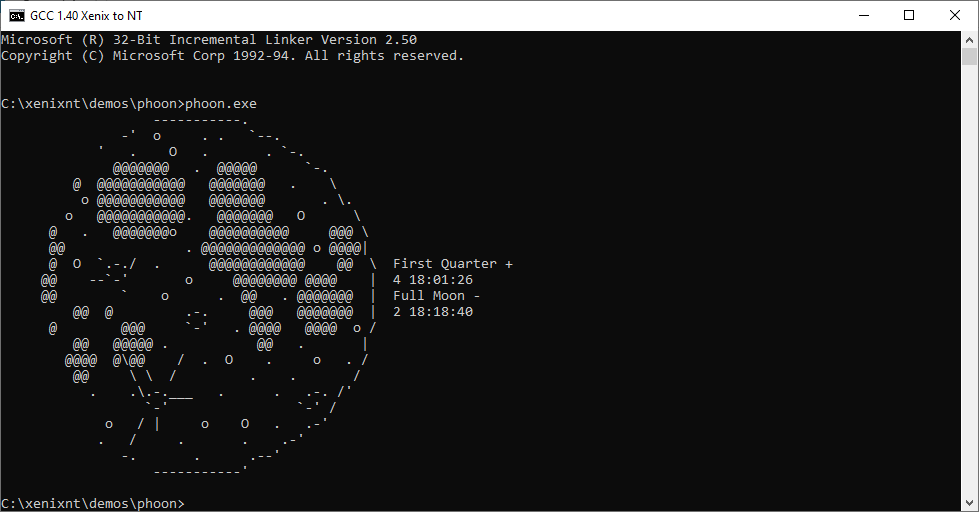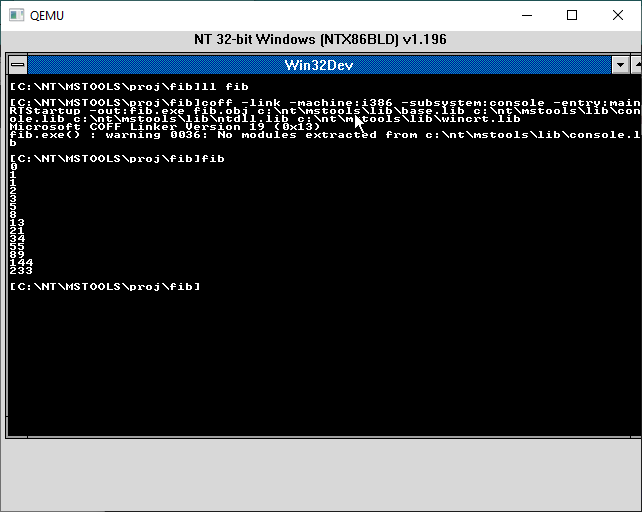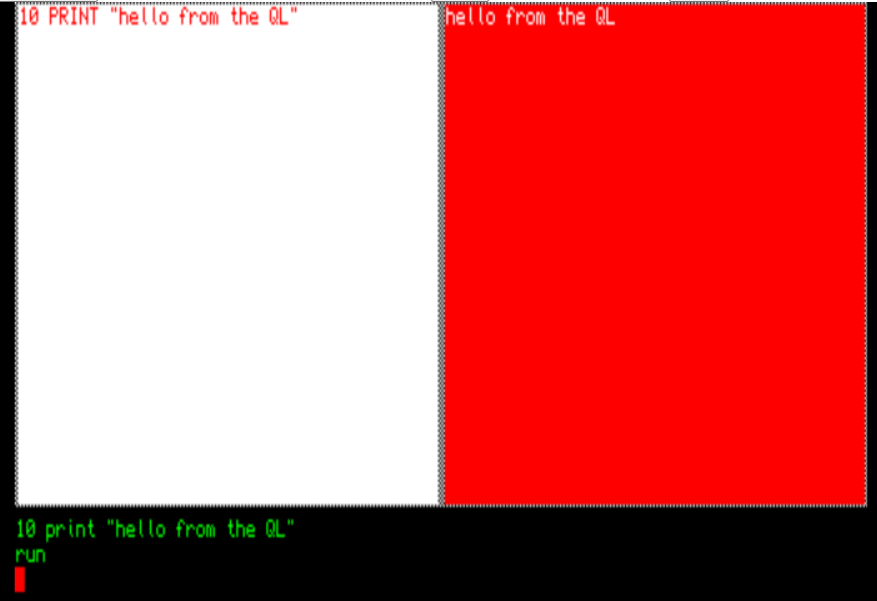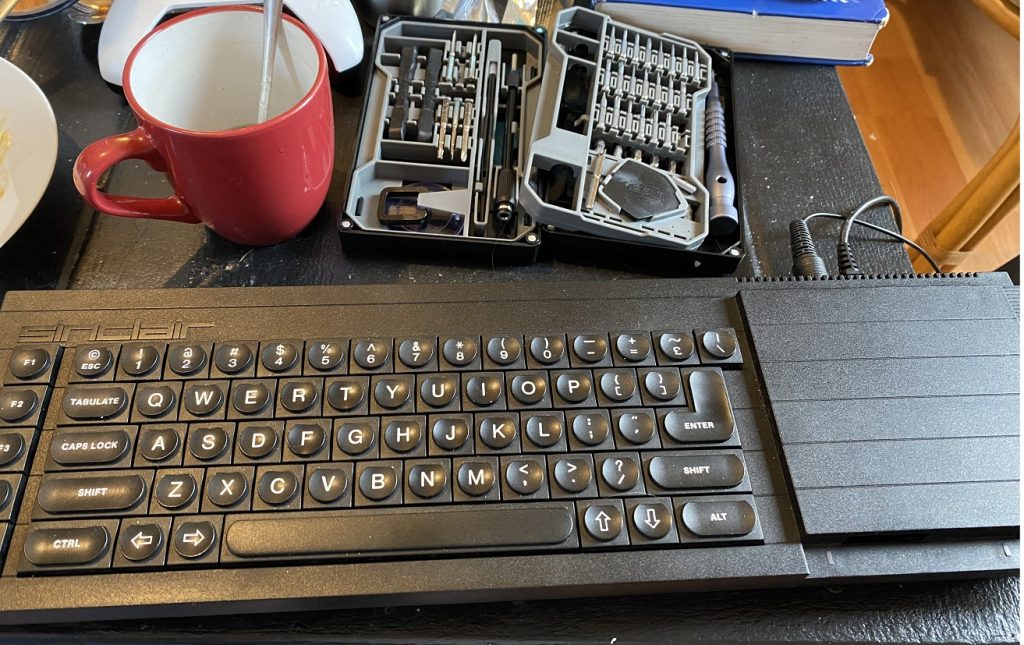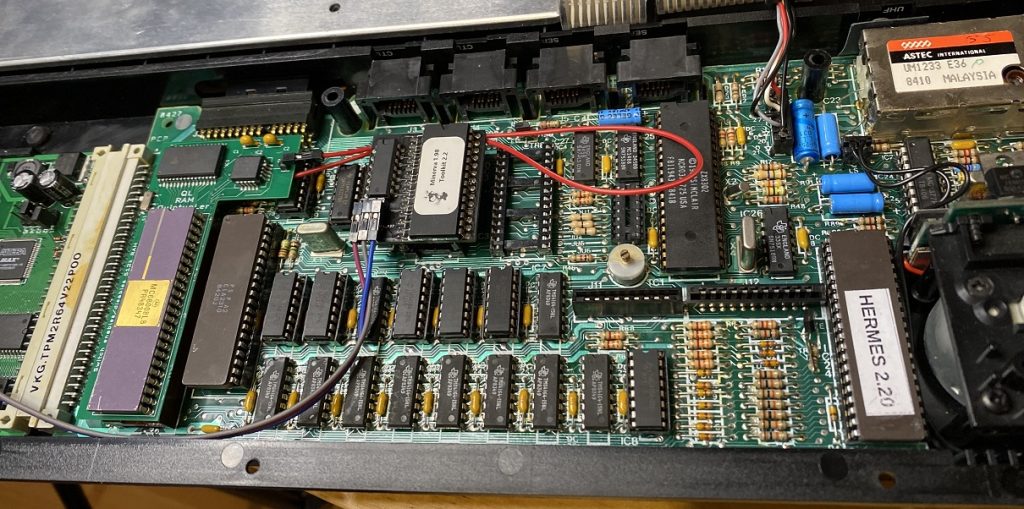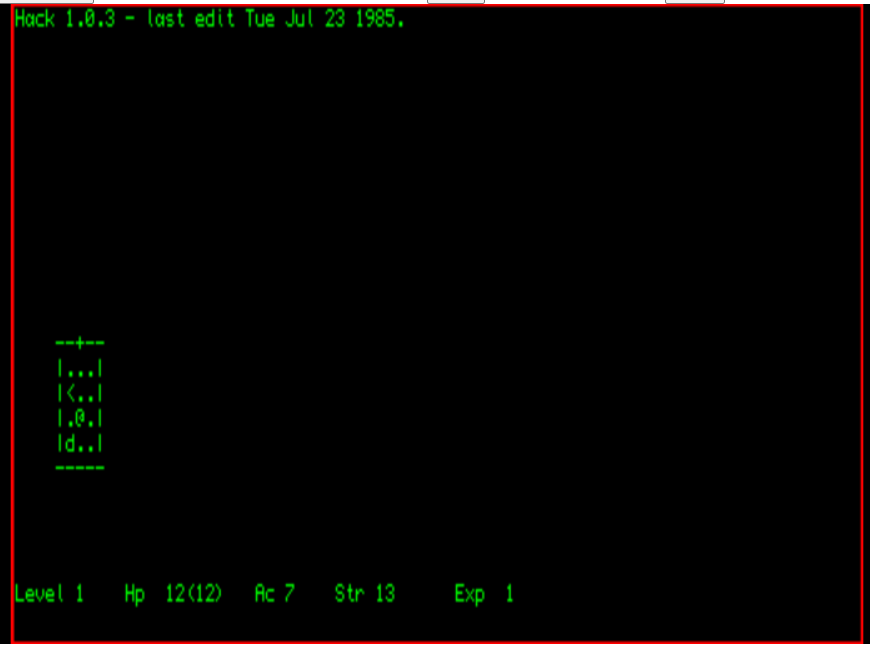Well this took a shocking turn;
I’d always seen on Windows that Qemu built with GCC 3.4.5 was not only faster, but more stable than GCC 4.x when regarding version 0.10 (I’m not even going to entertain later versions, as this is about old software).
I’ll have to post more, but I’ve basically learned nothing from all my other Pentium 4 / i915 chipset disasters, and now have my 8th system up and running!
by default it has GCC 4.0.0 for i386, and a GCC 3.x for PowerPC building. Natrually, with assumption in hand, how do you build GCC 3 for Intel?
Thankfully, the question was asked on Mac OS X Hints a few decades ago:
And it was saved in the wayback machine, because, preserving the past is hard.
The steps are pretty simple:
$ tar -zxf gcc_os-1819.tar.gz
3. Fix a line that causes it to not compile: in the file gcc_os-1819/gcc/gcc.c, on line 5883, change the line to look like this:
(char ) v[q - vt] = 0;
4. Make a build directory and run configure. I installed my compiler in /opt/gcc3, and I only built the C compiler. This would not work for building C++ or Cocoa applications.
$ mkdir build
$ cd build
$ ../gcc_os-1819/configure --prefix=/opt/gcc3 --enable-languages=cWhich was great except where on earth am I going to find this old GCC?
In retrospect there are 2 places, naturally, archive.org kept a copy of the Apple pages, the other being github.
For the 2-3 people who will be interested in this kind of thing 20 years from now I went ahead and did the single patch, and built binaries and put them on github over at gcc_os-1819_Marklar.
For testing, I’m using a VMDK with MS-DOS 5.00 no config.sys and DooM v1.1 running the timedemo both with no sound. (gametics/realtics)*35=fps. and in this case, demo1 of DooM v1.1 is 1077 gameticks.
GCC 3.5 gcc version 3.5.0 20041003 (Apple Computer, Inc. build 3506)
GCC 4.0 gcc version 4.0.0 (Apple Computer, Inc. build 5026)no draw (ticks)
GCC 3.5 6/7/7
GCC 4.0 6/7/6draw-16bit screen depth (ticks)
GCC 3.5 1074/1074/1077
GCC 4.0 948/947/949And now for the bad news, it turns out that GCC 4.0 is just slightly faster than GCC 3.3
I couldn’t believe it either.
For anyone that cares, DOSbox SVN builds more or less okay on Tiger with some small fix to the MIDI compatibility code (#ifdef stuff, the MIDI works fine!) and it’s timings are for no draw
DOSBox 566/560/565and drawing on a 32bit screen (16bit is incompatible)
DOSBox 22/26/25The takeaway is that the CPU is much faster on Qemu, but screen rendering is much faster with DOSBox. DOSBox uses SDL, so let’s go one further, and rebuild Qemu with SDL instead of it’s Cocoa support! So how we doing in the tick department?
GCC 3.5 1005/999/1000
GCC 4.0 885/886/882The real killer would of course be trying a newer version of GCC. Which I tried several, but Apple had done something really strange to them, where they product self-modifying code by default. And the assembler in 10.4.1 can’t handle that.
unknown section attribute: self_modifying_codeNo really, it’s a thing!
Obviously, I updated my cc-tools to 622.9, and guess what?
I tried :
- gcc-5247
- gcc-5250
- gcc-5370
All give the following:
Illegal instructionIs this some DTK Pentium 4 thing? Or a Tiger 10.4.1 thing?
verbose output for the curious:
Viglen:~/tmp2 jsteve$ gcc -v hi.c -o hi
Using built-in specs.
Target: i686-apple-darwin8.1.0
Configured with: ../gcc-5247/configure --prefix=/opt/gcc-5247 --enable-languages=c
Thread model: posix
gcc version 4.0.1 (Apple Computer, Inc. build 5247)
/opt/gcc-5247/libexec/gcc/i686-apple-darwin8.1.0/4.0.1/cc1 -quiet -v -D__DYNAMIC__ hi.c -fPIC -quiet -dumpbase hi.c -auxbase hi -version -o /var/tmp//ccq5CJ5D.s
ignoring nonexistent directory "/opt/gcc-5247/lib/gcc/i686-apple-darwin8.1.0/4.0.1/../../../../i686-apple-darwin8.1.0/include"
#include "..." search starts here:
#include <...> search starts here:
/usr/local/include
/opt/gcc-5247/include
/opt/gcc-5247/lib/gcc/i686-apple-darwin8.1.0/4.0.1/include
/usr/include
/System/Library/Frameworks
/Library/Frameworks
End of search list.
GNU C version 4.0.1 (Apple Computer, Inc. build 5247) (i686-apple-darwin8.1.0)
compiled by GNU C version 4.0.0 (Apple Computer, Inc. build 5026).
GGC heuristics: --param ggc-min-expand=100 --param ggc-min-heapsize=131072
Compiler executable checksum: 8944321fb1b2a413196eb995bbfd7ab0
hi.c: In function 'main':
hi.c:3: warning: return type of 'main' is not 'int'
as -arch i386 -force_cpusubtype_ALL -o /var/tmp//ccFyDIlr.o /var/tmp//ccq5CJ5D.s
/opt/gcc-5247/libexec/gcc/i686-apple-darwin8.1.0/4.0.1/collect2 -dynamic -arch i386 -weak_reference_mismatches non-weak -o hi -lcrt1.o /opt/gcc-5247/lib/gcc/i686-apple-darwin8.1.0/4.0.1/crt2.o -L/opt/gcc-5247/lib/gcc/i686-apple-darwin8.1.0/4.0.1 -L/opt/gcc-5247/lib/gcc/i686-apple-darwin8.1.0/4.0.1/../../.. /var/tmp//ccFyDIlr.o -lgcc -lSystem
Viglen:~/tmp2 jsteve$ ./hi
Illegal instructionI’m not entirely sure.
I need a Snow Leopard machine.
Also DosBox SVN wasn’t too hard to build, and runs great.

